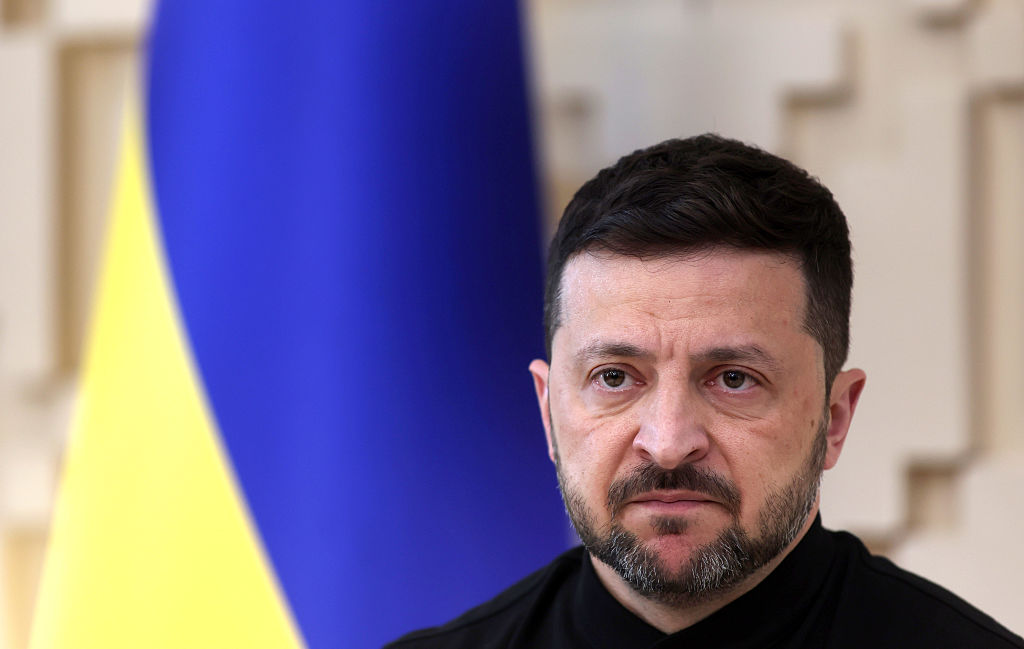Only one conclusion can be drawn from today’s talks in Istanbul: Russia has once again rejected the proposed unconditional 30-day ceasefire. In the first meeting between Ukrainian and Russian delegations in three years, Moscow demanded Kyiv withdraw its troops from the four regions Vladimir Putin has claimed but failed to capture completely. When Ukraine refused, Russia’s chief negotiator Vladimir Medinsky reportedly threatened to seize even more: Kharkiv and Sumy regions next. He warned that Russia is prepared to fight forever, before asking: can Ukraine? ‘Maybe some of those sitting here at this table will lose more of their loved ones.’
Threats and unrealistic demands are part of the Russian negotiation strategy to push Ukraine to withdraw from the talks. This is why Moscow opposed having a US representative at the table during the direct negotiations with Ukraine. Putin, who offered to renew meetings with Kyiv in Turkey, needs to preserve the illusion of a peace process for Donald Trump. At the same time, behind closed doors his cronies threaten Ukrainians with more war.
The Kremlin sent a memo yesterday instructing Russian state journalists to emphasise that the new sanctions Russia is about to face – suggesting the negotiations as inevitably failing – ‘will not harm the country’s development’. The memo also stated that Ukraine’s position at the talks today is worse than it was in Istanbul in 2022. Putin even sent the same delegation to continue where they left off. But the reality is the Ukrainians sitting across the table, as well as the situation on the ground, have changed significantly.
Since the last round of talks in Istanbul, Russia has failed to achieve a single one of its stated war goals
Since the last round of talks in Istanbul, Russia has failed to achieve a single one of its stated war goals. Ukraine has been neither demilitarised nor ‘de-Nazified’. Russian troops have suffered a number of military defeats, forced to flee from the Kyiv, Kherson and Kharkiv regions. Moscow lost a quarter of its Black Sea Fleet and seized less than 1 per cent of land in the past two years at the cost of tens of thousands of Russian lives.
Meanwhile, Ukraine has transformed. In March 2022, it only had rifles, helmets and fuel from its allies to fight. Today, it has a million-strong army equipped with western tanks, fighter jets and domestically mass-produced weapons. The front line is now in a stalemate, and with the current pace it will take Putin decades to capture the four regions he claims as his. If demands for Ukraine’s surrender were futile three years ago, today they’re downright delusional. The only reason Moscow insists on its unacceptable demands is to shift the blame onto Volodymyr Zelensky for obstructing the peace process when he rejects them.
Since both sides remain miles apart in their vision of what the peace should look like, and since Putin has no real intention to end the war, the sham talks organised to impress Trump will continue to fail. The only good news from today’s negotiations is that Russia and Ukraine agreed to a ‘1,000 for 1,000’ prisoner exchange. It is not the ‘all for all’ Kyiv asked for, but it is something. Putin is using every chance to stall the talks, and prisoners of war tortured in Russian jails are just another trump card in his sleeve.
This article originally appeared in Svitlana’s Ukraine in Focus newsletter. Sign up here.







Comments